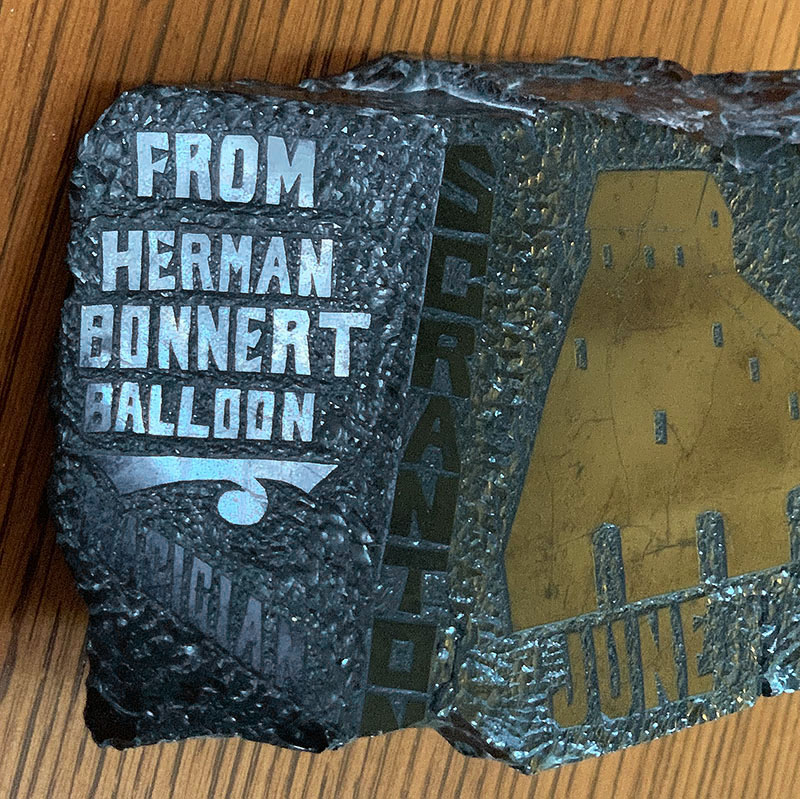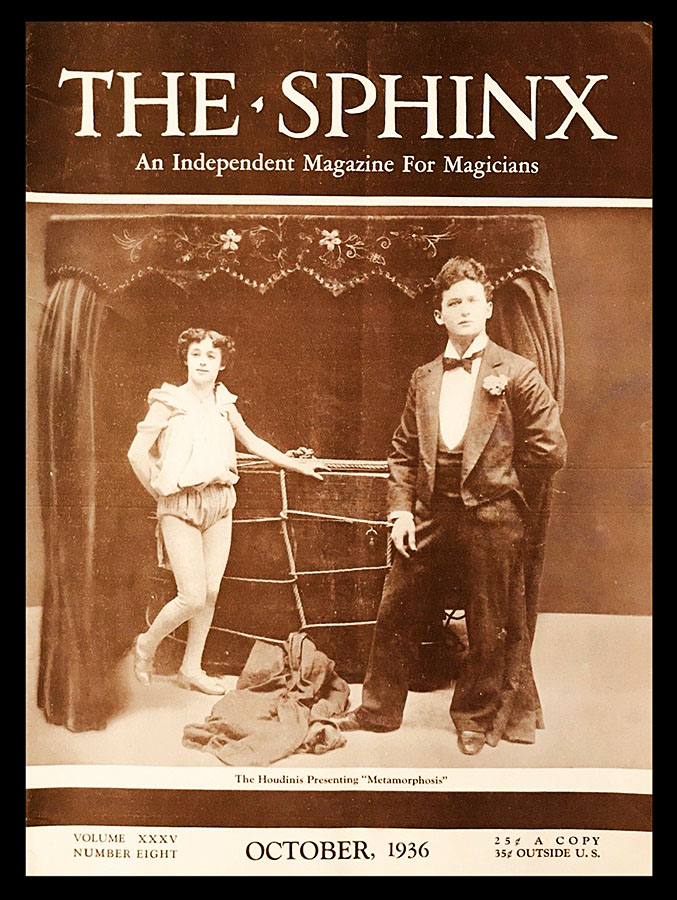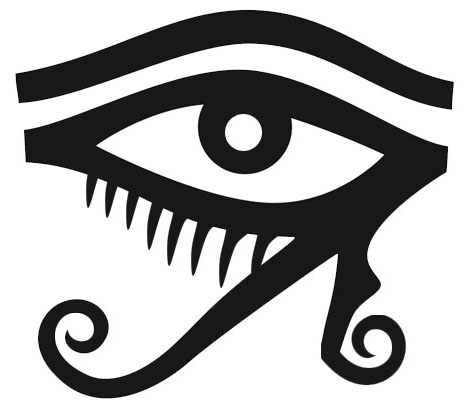Anthracite and Abracadabra

I collect items carved from hard anthracite coal.

Recently I found a particularly interesting example, one which has lead me to stories beyond the object itself.
As seen below, it was a presentation piece from Scranton, Pennsylvania (in the heart of coal mining and coal carving country) given to W.W. Durbin by Herman Bonnert during a magicians convention in 1936. Both Durbin and Bonnert were men of significance in the world of hocus pocus, piff-paff-poofers (sometimes referred to as the “black arts”).


But first I suppose we might first consider whether or not items made of coal belong under the umbrella of “ephemera”. Well, coal is the product of millions of years of time passing after the life-and-death cycle of ancient plant growth. Certainly, the plants were ephemeral. Coal itself is mined and broken into small chunks for intended ephemeral use . . . to be burned for its heat value. This particular piece of coal was diverted by a Scranton craftsman to fashion a presentation piece during a short-lived conference, given to one man now long-gone by another man now long-gone. Life itself is indeed ephemeral . . . “It’s a mighty short trip from the cradle to the crypt”, as the song goes.
This 1936 IBM conference in Batavia, NY had nothing to do with computers: those gathered there were invited members of the International Brotherhood of Magicians, founded in 1922. Its first President was W. W. Durbin. Durbin had practiced as a professional magician from 1897 to 1902 and was the owner of the American Egyptian Hall Theater and Museum, a magic museum in Ohio. It is still in operation, the oldest magic museum in the United States. Durbin went on to become a lawyer, politician, and Registrar of the U.S. Treasury. The first IBM convention in 1927 was held in his back yard in Kenton, Ohio. He edited the IBM magazine The Linking Ring from 1927-1937. Durbin was legendary in the world of magic. The IBM continues to this day, with some 11,000 members organized into 300 Rings (local groups) around the world.

Durbin was made honorary Mayor of Batavia during the run of the conference and was recognized several times at events there, both for his leadership of the conference and for his work as President of the I.B.M. No mention is made either in the May CONVENTION NUMBER of The Linking Ring or in the June issue—which detailed all the many conference performers—of the presentation of this coal award. Nor is Bonnert ever mentioned by name, though there were a number of festive activities during the programs which were nowhere fully described.

W.W. Durbin

Interior of Durbin’s Egyptian Hall

Herman Bonnert
Herman Bonnert of Scranton was also something of a legend in his own right . . . he is widely considered to be the first “balloon twister”, the originator of the art of fashioning animals and other things out of balloons. His coal award inscription to Durbin says that it is FROM HERMAN BONNERT, BALLOON MAGICIAN. Bonnert had apparently been the hit of a later 1939 IBM convention and clearly was present at the one in 1936. A report on the earlier 1934 conference (also held in Batavia) noted that “Magic and Magic galore in the past weeks. First the SAM, Ladies Night, then the Keystone State Federation of IBM Rings came with a two-day convention. Both were a huge success. Delegations from Baltimore, Lancaster, Scranton, Harrisburg, Allentown, New York and several other cities arrived altho the cold was extreme. Zero weather failed to keep the faithful away. The most novel performance was given by Herman Bonnert from Scranton, Pa. He makes all kinds of designs out of ordinary balloons.” (The Sphinx, Vol. 33, no.1, March 1934)
In The Linking Ring, Vol. 14, no. 12, February 1935, it was reported that “Black Diamond Ring No. 63 of Scranton, Pennsylvania met at the store of Herman Bonnert (well known in magic circle for his difficult balloon creations), his place of business known as The Keystone Novelty Shop.”
The building depicted on the front of the coal carving is, of course, a coal breaker, a large building near each mine where large chunks of coals were broken down into smaller chunks.

A coal breaker
One feature of this piece of adorned anthracite is leading me down another line of inquiry. Beneath both inscriptions, Bonnert (or whoever made the piece for him) placed an unusual scroll, which I suspect might be some sort of magicians-world symbol. Magicians do have their shared secrets.

The scroll (or symbol?)
It might perhaps be a stylized all-seeing eye, akin to these below . . .?
I am currently looking into relevant back issues of The Linking Ring and The Sphinx: An Independent Magazine for Magicians, seeking any additional information about Durbin and Bonnert at the 1936 convention in Batavia. Perhaps if I am lucky I may find a mention of the presentation of this carved coal item . . . if so, I will report back in this space!

— UPDATE —

Just acquired another coal carving from Scranton, dated 1946. I believe it was made by the same carver, based on comparing some details, especially the decorative “scrolls” in the upper corners (see discussion at the end of the above post).

It is on display in the Brockton City Hall.



